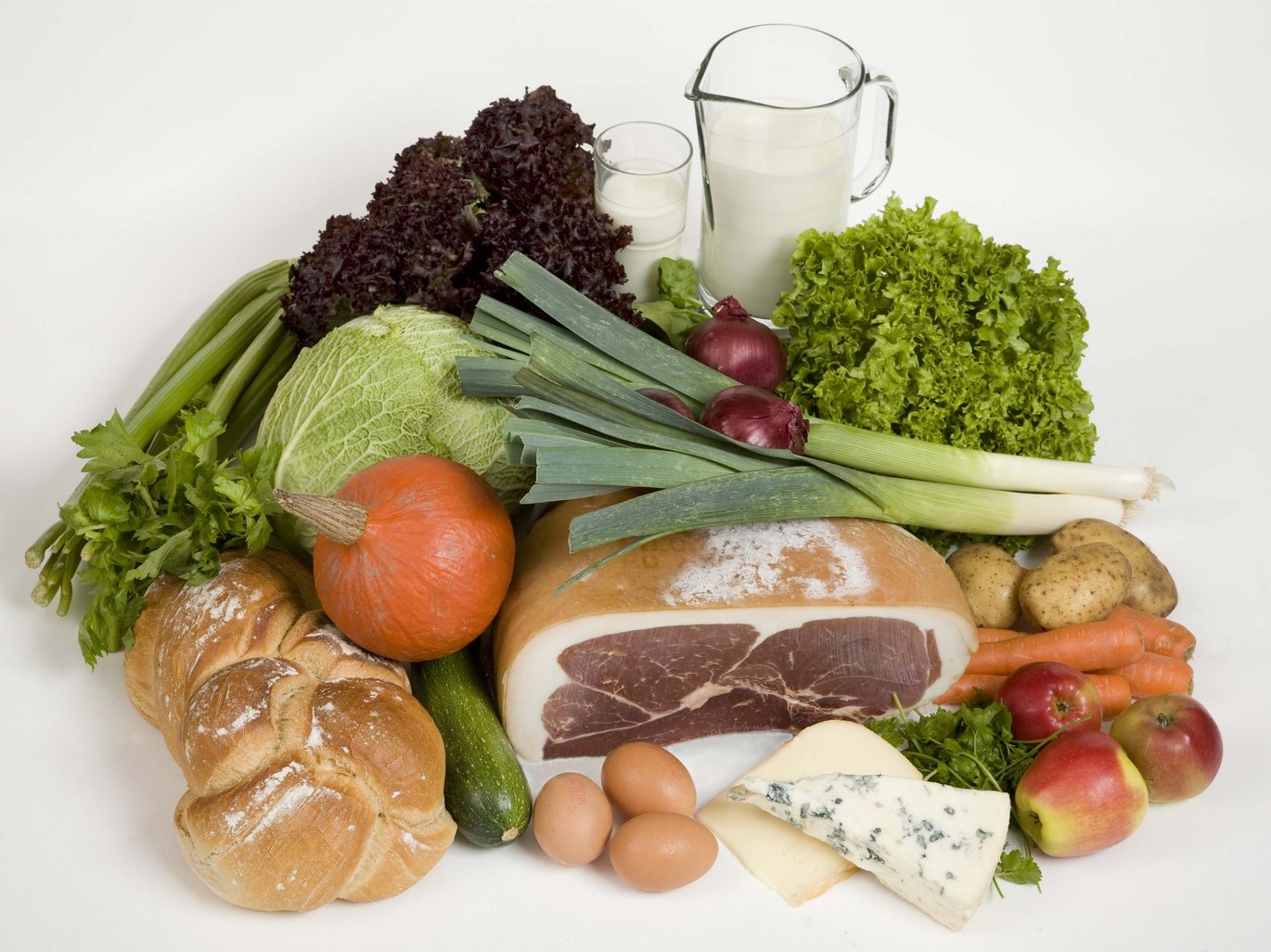How well do the Danes understand dietary guidelines?
Most Danes are acquainted with some of the eight Danish dietary guidelines – but there is room for improvement. This is the conclusion of a report by Aarhus University which also gives advice on how new dietary guidelines can be communicated to the public.

Eat your fish and veggies. Most people know that this is healthy advice. But how about pasta, bread and potatoes? And what is the take on meat, cheese and milk? How much or how little do we need to eat of these?
To get an answer to these questions consumers must follow the official eight dietary recommendations. These are guidelines for what and how much you should eat and are based on knowledge of the interaction between diet and the risk of diet-related diseases.
Knowledge of the eight guidelines
New research and knowledge in the area of diet and nutrition has resulted in a revision of the Danish dietary guidelines. In this connection, the Danish Veterinary and Food Administration asked scientists from Aarhus University to carry out a survey of consumer understanding of the eight recommendations. The results have been published in a new report from DCA – Danish Centre for Food and Agriculture by Aarhus University. The survey can be used by the Danish Veterinary and Food Administration to formulate the new, revised recommendations.
For it is one thing to put together a set of good recommendations, but quite another to communicate these to people at large and ensure that the recommendations are understood and followed. The question is how well Danish consumers know the recommendations and how well they live up to them. Scientists from Aarhus University investigated this with the help of consumer interviews.
Our understanding can be improved
The interviewees generally had a good understanding of the eight recommendations, but were uncertain about some of them. There were also a number of reasons why the recommendations were not always followed.
The two pieces of advice that consumers most clearly understood was that related to the intake of fruit and vegetables, and fish.
- This shows that campaigns help to create awareness of dietary advice, as the campaigns have primarily been within these two areas, says the report.
The recommendation to eat potatoes, rice, pasta and wholegrain bread products every day divided the opinions of the interviewed consumers. Some of them thought that this advice was questionable and dates back to former eating habits. The advice was not deemed to be something that you ought to be aware of.
The scientists also found that the recommendations should be simple, and should not mix the messages. An example of a mixed message is “Eat a varied diet– and maintain a healthy body weight”.
The scientists recommend that new dietary recommendations are as short and precise as possible without losing the gist of the message – and preferably with only one message at a time. Naming specific foods and amounts can promote understanding as consumers can more easily convert it into practice.
Capability, motivation and opportunity
One thing is to understand the message, another is to find the motivation within yourself to follow it. It is probably not surprising that time, money and lack of energy were mentioned by the interviewees as reasons why they not always managed to follow the advice.
The scientists say in the report that if recommendations are to be followed, it is necessary to ensure that consumers have the capability, motivation and opportunities to do so.
The capability to follow the advice is about making choices on the basis of sound advice and to be able to convert these into practice. Concrete examples of how to implement the advice in daily life, easy and inviting recipes, or supplementary material to the recommendations could help solve this problem.
The motivation can be improved by removing barriers and accentuating the motivating factors – for example by making it easier, less time-consuming or cheaper to follow the guidelines. The barrier “I do not have the time or energy to serve fruit or vegetables” could for example be overcome by advising consumers of the alternatives of using frozen vegetables or ready-made salads.
It should also be practical to follow the guidelines. It is, for example, hardly useful to recommend 600 grams of fruit and vegetables per day if there is limited access to these. This could be solved by making these available in the home, at school or at work – and to make candy and other sugary things much harder to get.
The eight recommendations
Do you know the recommendations? Here is a reminder:
- Eat fruit and vegetables – 6 pieces/portions a day
- Eat fish and fish products - several times a week
- Eat potatoes, rice or pasta and wholegrain bread – every day
- Limit intake of sugar – particularly from soft drinks, sweets and cakes
- Eat less fat – particularly fats from meat and dairy products
- Eat a varied diet - and maintain a healthy body weight
- Drink water to quench your thirst
- Be physically active – at least 30 minutes a day
The report (in Danish) ”Danskerne forståelse af ”De otte kostråd”, DCA report no. 22, May 2013 can be read here.
The report is part of the agreement between Aarhus University and the Ministry of Food, Agriculture and Fisheries for the supply of policy and other support by Aarhus University.
For further information please contact: Research assistant Inge Hummelshøj Hansen, Department of Marketing and Organisation, e-mail: ihuh@asb.dk, telephone: +45 8716 6037
